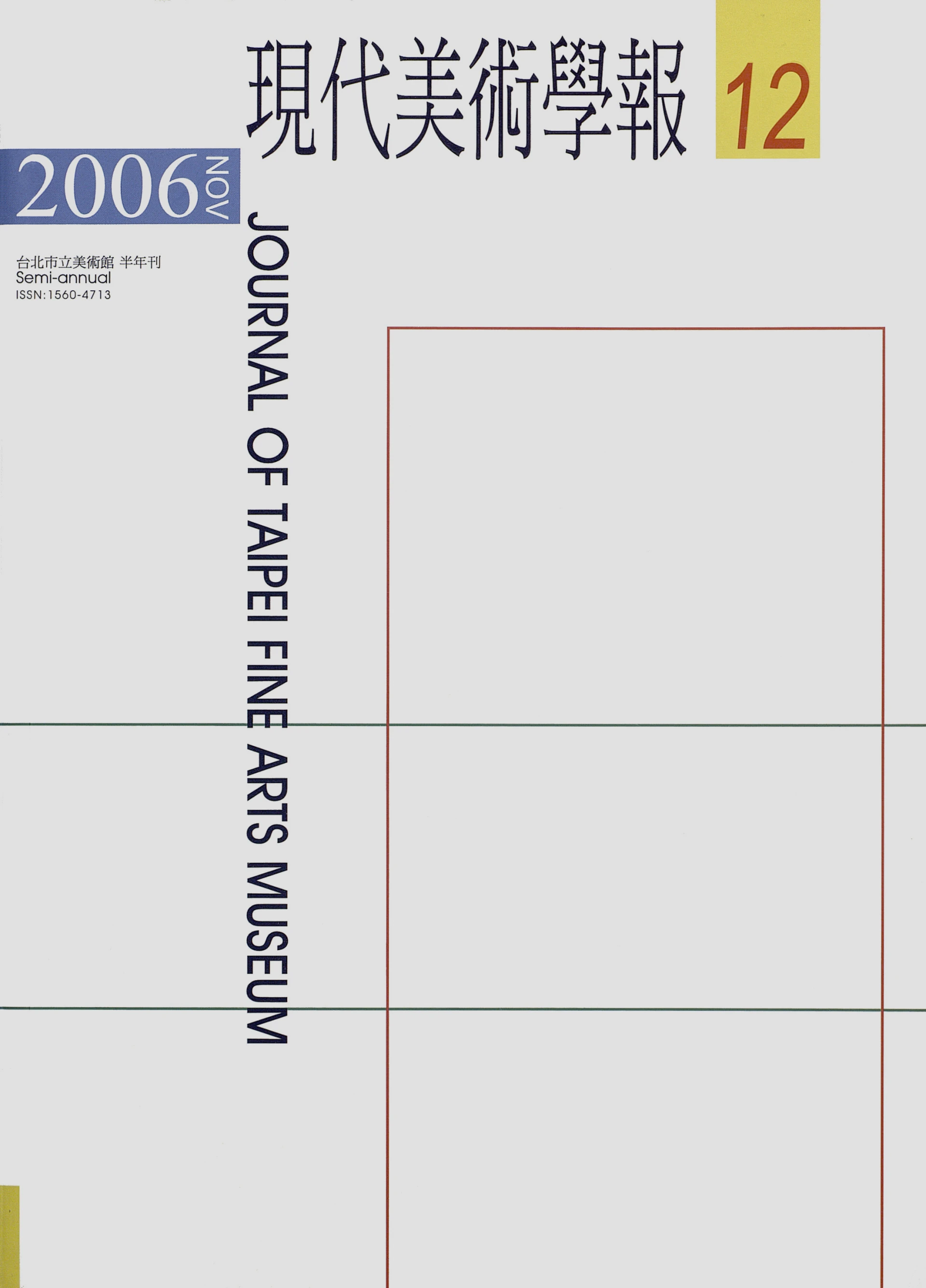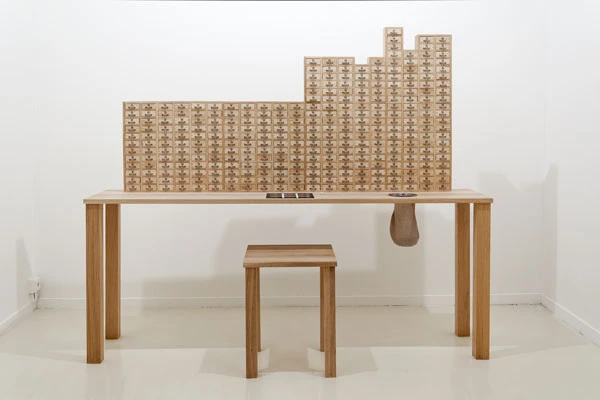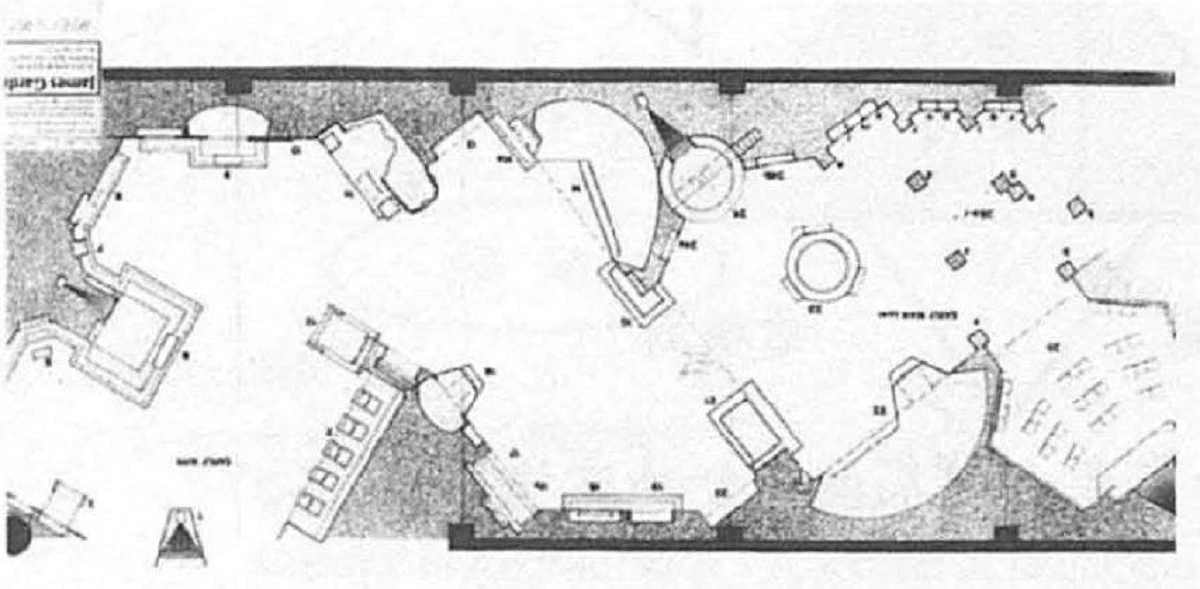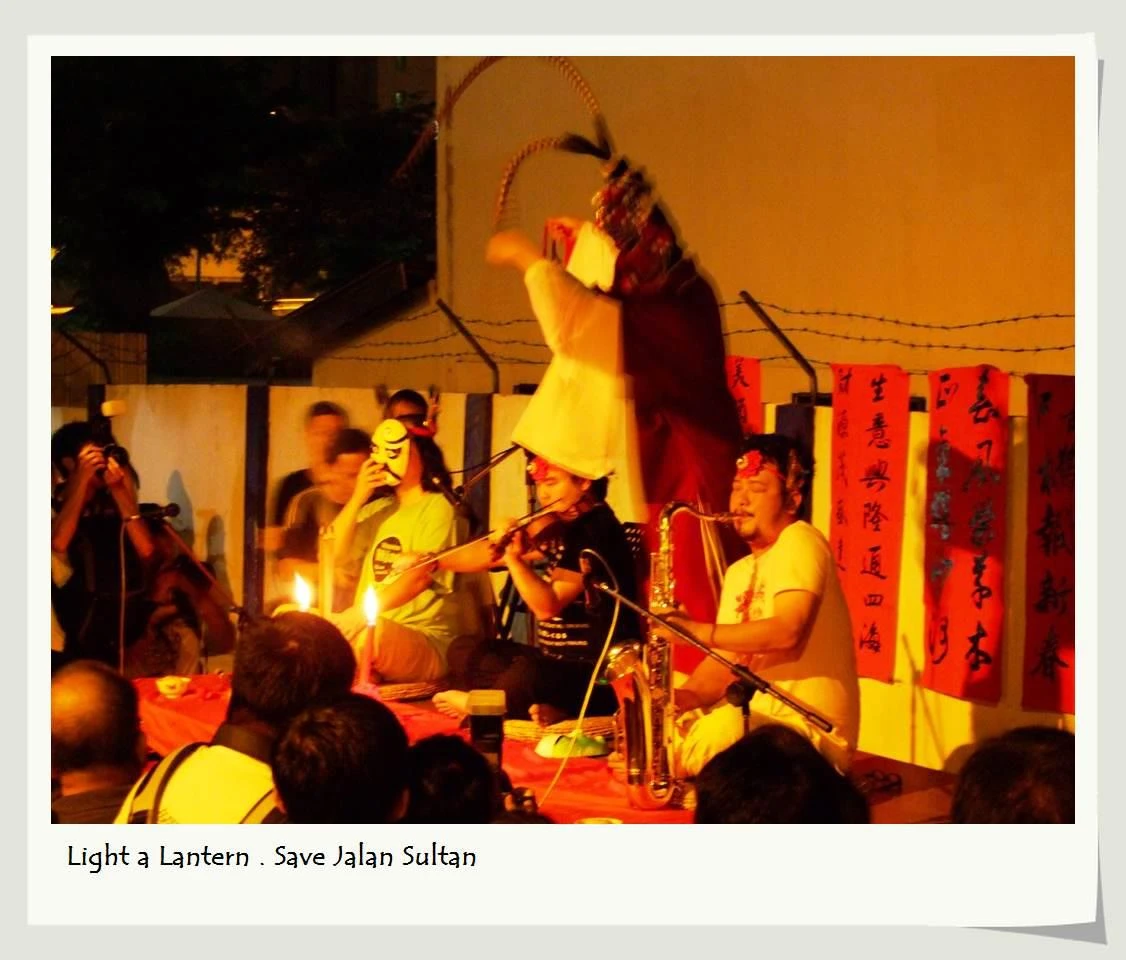摘要
本篇論文探討朱明德(Joo Myung-Duck)《混血的名字》系列攝影作品及其攝影書,與朝鮮戰爭前後韓國攝影運動的演變發展之關聯,並分析韓國攝影界在1960年代的典範移轉。當時的攝影師開始以特定主題進行創作,並以系列攝影作品對該主題進行深入分析,試圖跨越諸如「砂塵沙龍」和「日常主義」等此前攝影運動的侷限。本文旨在彰顯韓國史上第一部影像式論文《混血的名字》之意義,本作首見以影像式論文之形式發表系列攝影作品,亦闡明攝影書如何並陳照片和充滿情感的文字,以有力地傳達攝影師的創作意圖。本文更近一步指出,朱明德透過該系列作品和影像論文喚醒人們對官方論述中忽略的混血戰爭孤兒之記憶,進而使觀眾產生內疚感和責任感。
Abstract
This essay examines Joo Myung-Duck's The Mixed Names series and the photobook in relation to the evolution of photography movements in South Korea before and after the Korean War. It analyses the shift in the country's photography scene in the 1960s, when creating a series of photographs began to be discussed as a way of presenting an in-depth analysis of a topic and overcome limitations of the preceding photography movements, such as Salon Sajin and Saenghwal Juui photography. The essay aims to demonstrate the significance of The Mixed Names as the first-ever photographic series that took the form of a photo-essay, and it explains how the photobook powerfully delivered the photographer's intention by affective juxtapositions of photographs and emotional texts. It also points out how the series and the photobook were designed to engender a sense of guilt and responsibility in viewers by re-enacting memories of mixed-race war orphans neglected in the offcial narratives.





